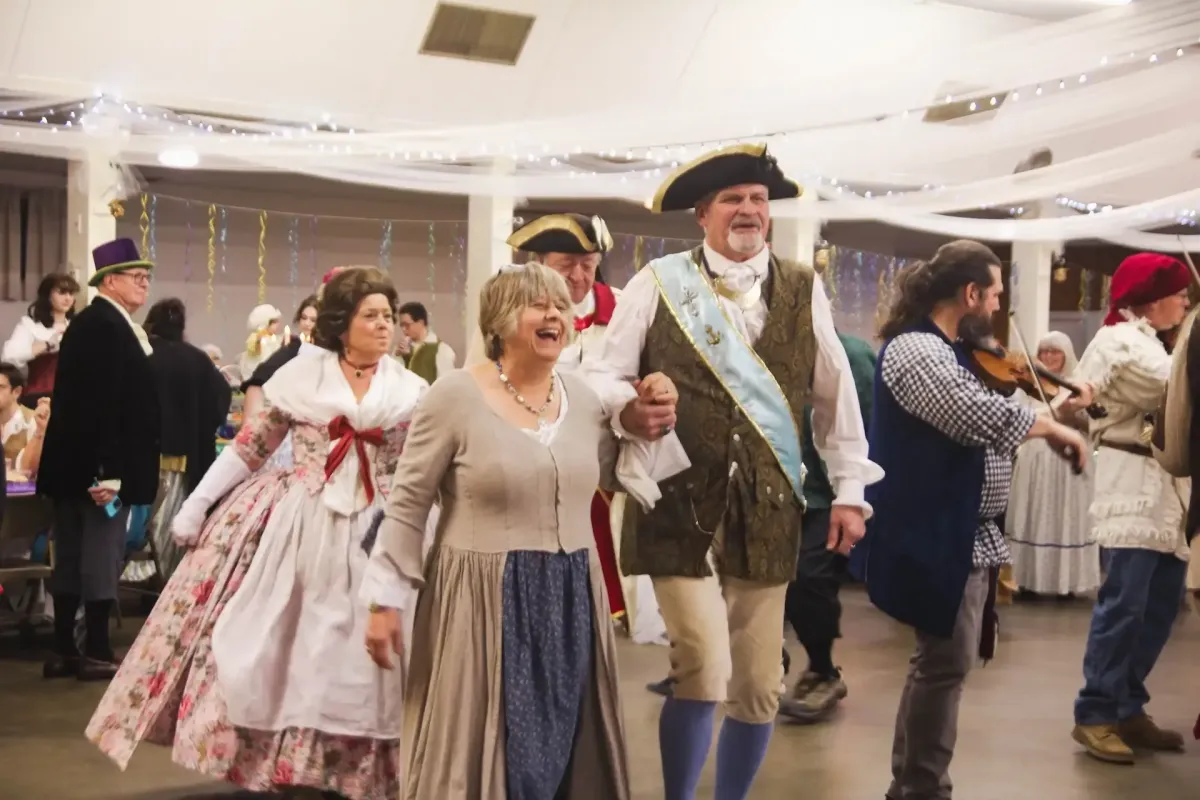
The Foundation for Restoration of Ste. Genevieve
Promoting the preservation and restoration of historic structures in Ste. Genevieve, Missouri.
Events

View our full list of events below:
King’s Ball: First Saturday in February
Come revel in the historic French tradition of the King’s Ball! Youngsters, spirited teenagers, and adults of all ages don French colonial costumes and crowd the floor to dance reels, squares, and other old-time dances to the music provided by fiddler Dennis Stroughmatt and L’Esprit Creole. As in other European Epiphany celebrations, a bean is hidden in a cake as the traditional method of selecting the King for the year. He chooses a queen, and they then reign over the next year's festivities such as the French Heritage Festival and the Holiday Christmas Festival.
Living in Ste. Genevieve House Tour: Third Saturday in March
Tour private homes throughout the downtown area and see how they are lived in today. Limited tickets available the day of the event. Event check-in is from 10-11 am and homeowner guided tours of the private homes are from 10 am to 3 pm. This event is not recommended for small children.
French Heritage Festival: Second Saturday in June
Ste. Genevieve's annual French Heritage Festival celebrates 300 years of French culture and traditions. Come experience living history, live traditional music, storytelling, a variety of food and drinks and a frontier French dance held in the evening. The festival starts with an opening ceremony at the Ste. Genevieve Catholic Church and then everyone joins in a promenade to the festival grounds.
Fall History Conference: mid-Fall
Each Fall, the Foundation invites a number of scholars to present on various topics pertaining to Ste. Genevieve and mid-Mississippi valley culture in the colonial era. This all day conference typically includes additional events and tours throughout the weekend.
Déjà vu Spirit Reunion: Fourth Saturday in October
Come explore Missouri's oldest cemetery where visitors will hear the stories of early pioneers of Ste. Genevieve by lantern light. Although close to Halloween, the intent of the Spirit Reunion is not to be scary, but rather educational, as you'll see local people in period costume standing near their final resting place and talking about their lives, loves, and perhaps how they died. To register for this event, click here.
Christmas Open House at the Guibourd-Vallé House: First Saturday in December
Held during the town's annual Holiday Christmas Festival, this free event features walk through tours of the historic Guibourd-Vallé House decorated for the holiday season, light appetizers and live music.
Holiday House Tour: Second Saturday in December
The Holiday House Tour starts at the Guibourd-Vallé House, an 1806 tour home operated by the Foundation for Restoration of Ste. Genevieve, which is decked out in natural Christmas decorations created by our members early in December. Visitors can tour the house and view the spectacular Norman truss structure in the attic. From there they will tour several private homes not normally open to the public. Ticket holders will be given a map at check in and will go from home to home at their own pace. Each stop will have signage and a lantern to assist with finding where to enter. The homes vary in style and time period built and we strive to offer several new houses each year. To purchase tickets, click here.
Winter Soirée: Second Sunday in December
The Foundation's annual end of year celebration includes the presentation of the Educational Research Award, Distinguished Service Award and Constance and Harry B. Matthews, Jr. Preservation Award. To register for this event, click here.
Additional Events for Members
Foundation Spring Meeting: Third Sunday in April
Foundation Annual Meeting: Third Sunday in July
Decorate the Guibourd-Vallé House for Christmas season: Sunday after Thanksgiving
Our Mission

The Foundation for Restoration of Ste. Genevieve is a 501(c)3 not for profit organization that was founded in 1967 with the expressed purpose of promoting preservation and restoration of historic structures and other property that illustrate Ste. Genevieve's early history and culture.
The Foundation also supports the acquisition of knowledge concerning the early settlements and its people by maintaining and sharing the area's history with the public.

Photo by Ashley Sewing
In order to accomplish our mission, the Foundation for Restoration of Ste. Genevieve:
Maintains and presents the 1806 Guibourd-Valle Historic House, a registered NRHP Site, and provides public tours, events & services.
Maintains and presents the 1813 Kiel Schwent historic house as its administrative office, and the location of the Mecker Research Library on its premises, as a source of information on the history of the area.
Manages the restoration and upkeep of Ste. Genevieve's Memorial Cemetery.
Provides guidance and assistance to individuals, organizations, and governments desiring to preserve and restore Ste. Genevieve's historic structures.
Promotes tourism as a means to preserve Ste. Genevieve's French Colonial History.
Is the sponsoring organization for the annual events of the King's Ball, the Living in Ste. Genevieve House Tour, the French Heritage Festival, the Déjà Vu Spirit Reunion in Memorial Cemetery, the Fall History Conference and the Holiday House Tour.
Provides educational awards to stimulate further interest in the area of historic preservation.
Photo by Ashley Sewing
Join the Foundation
Join the Foundation for Restoration of Ste. Genevieve and help preserve some of our nation's past!
Gallery

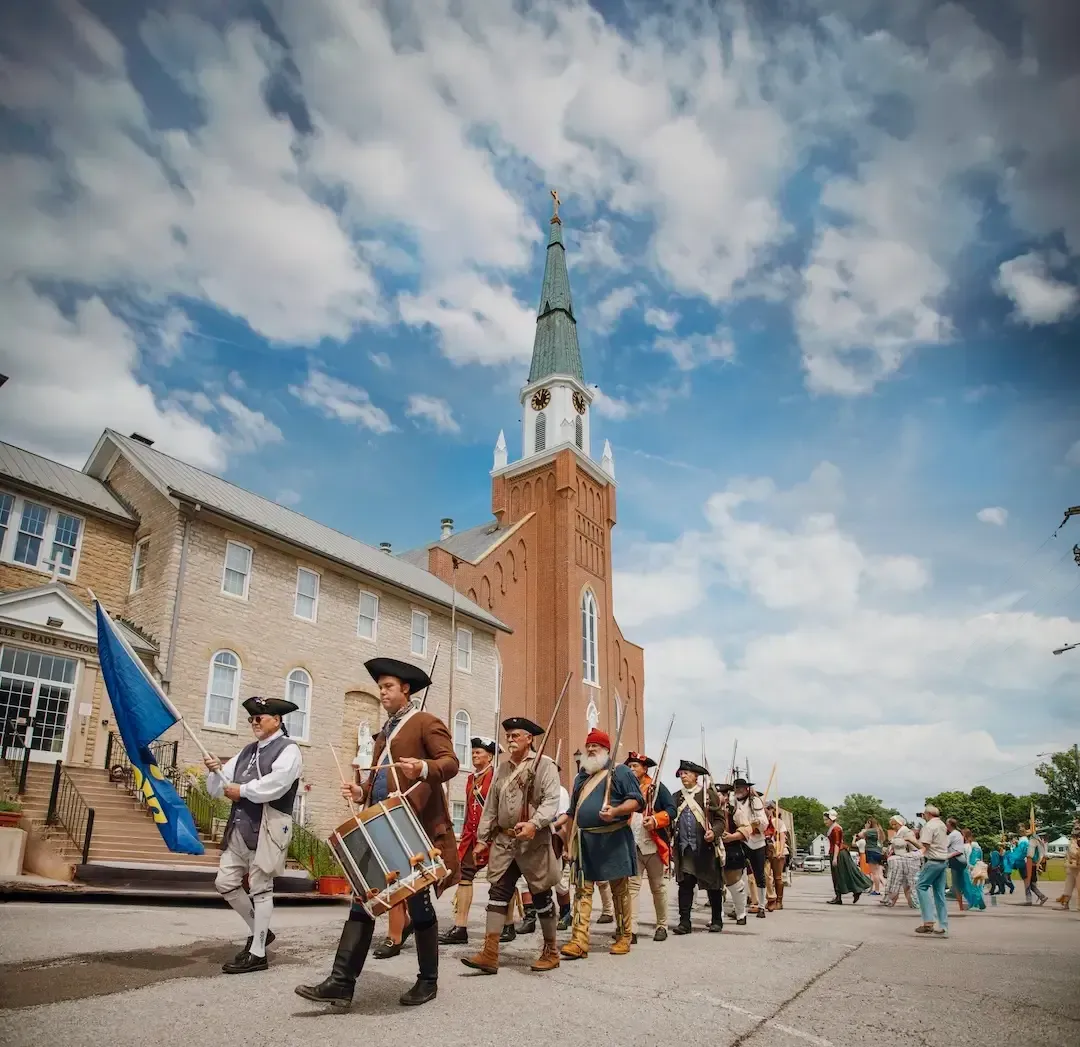
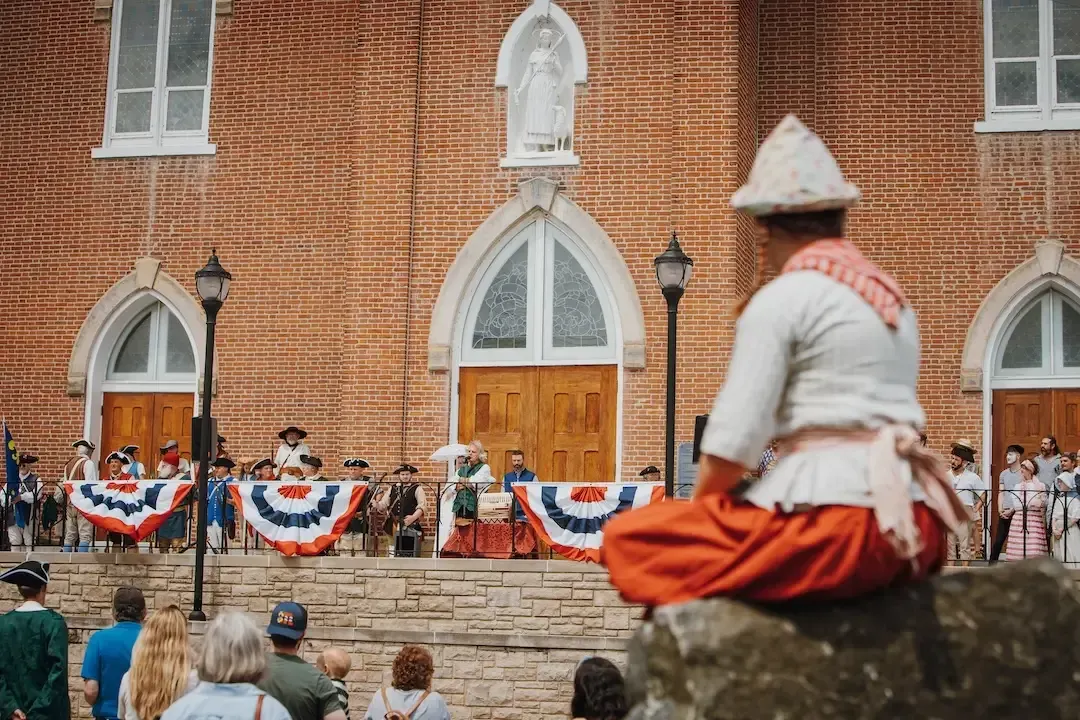

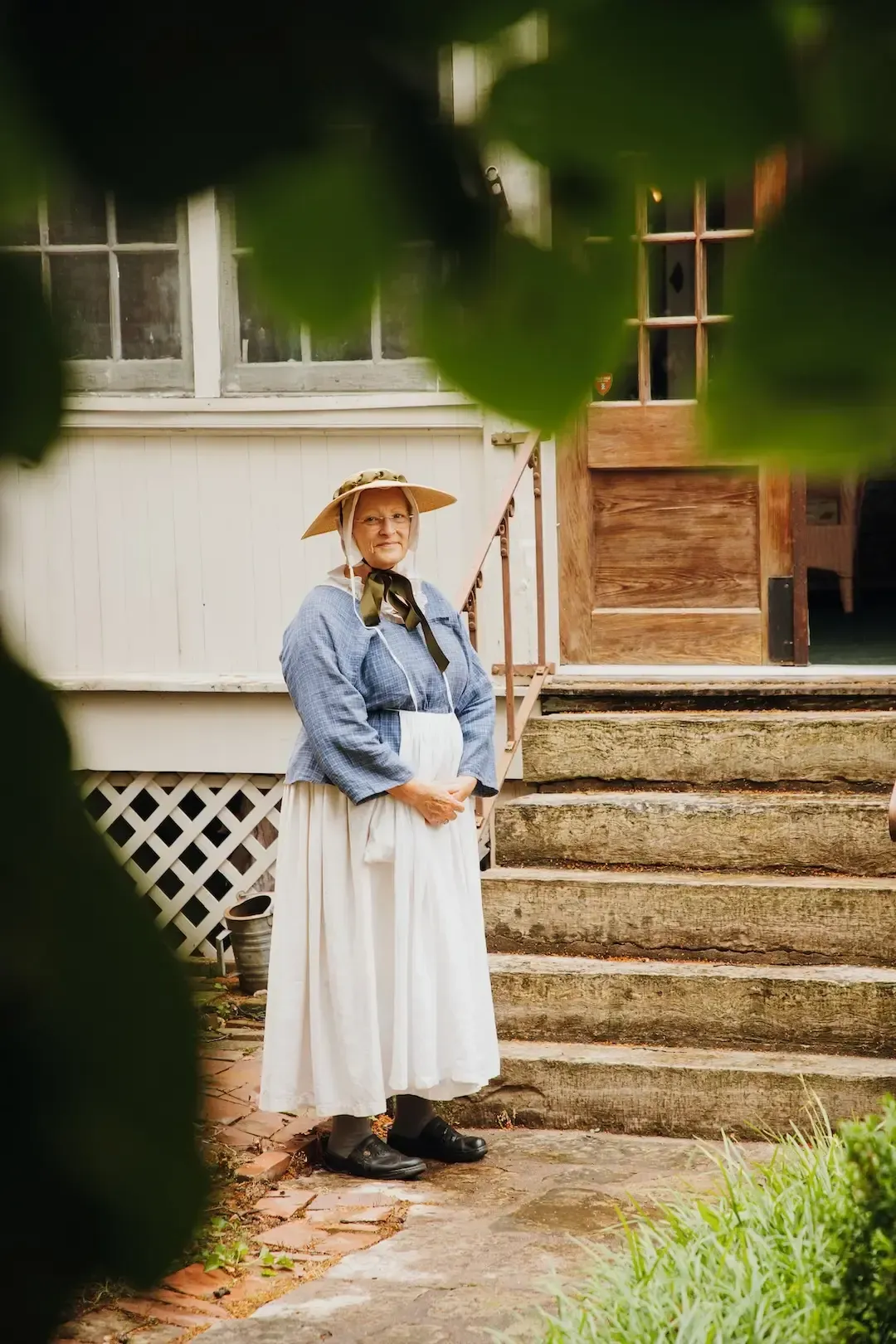
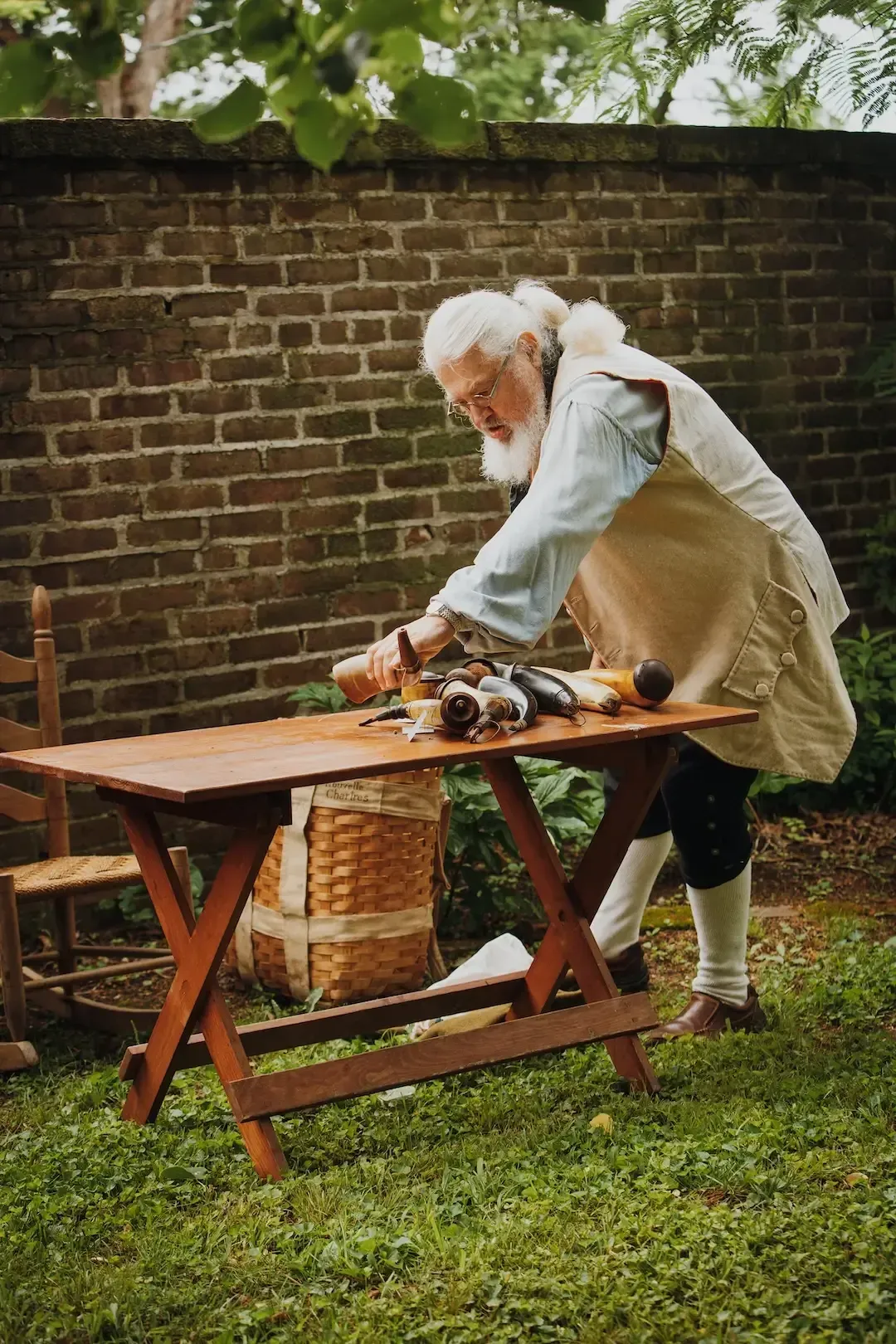
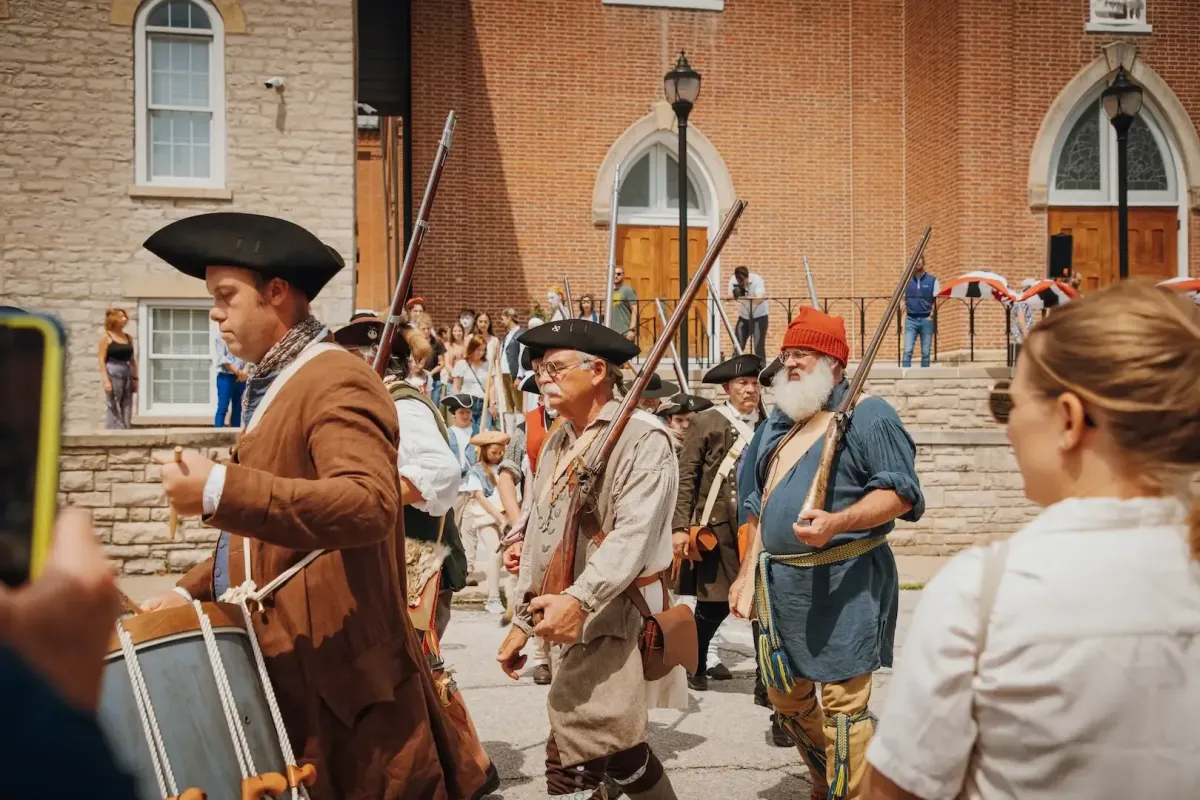

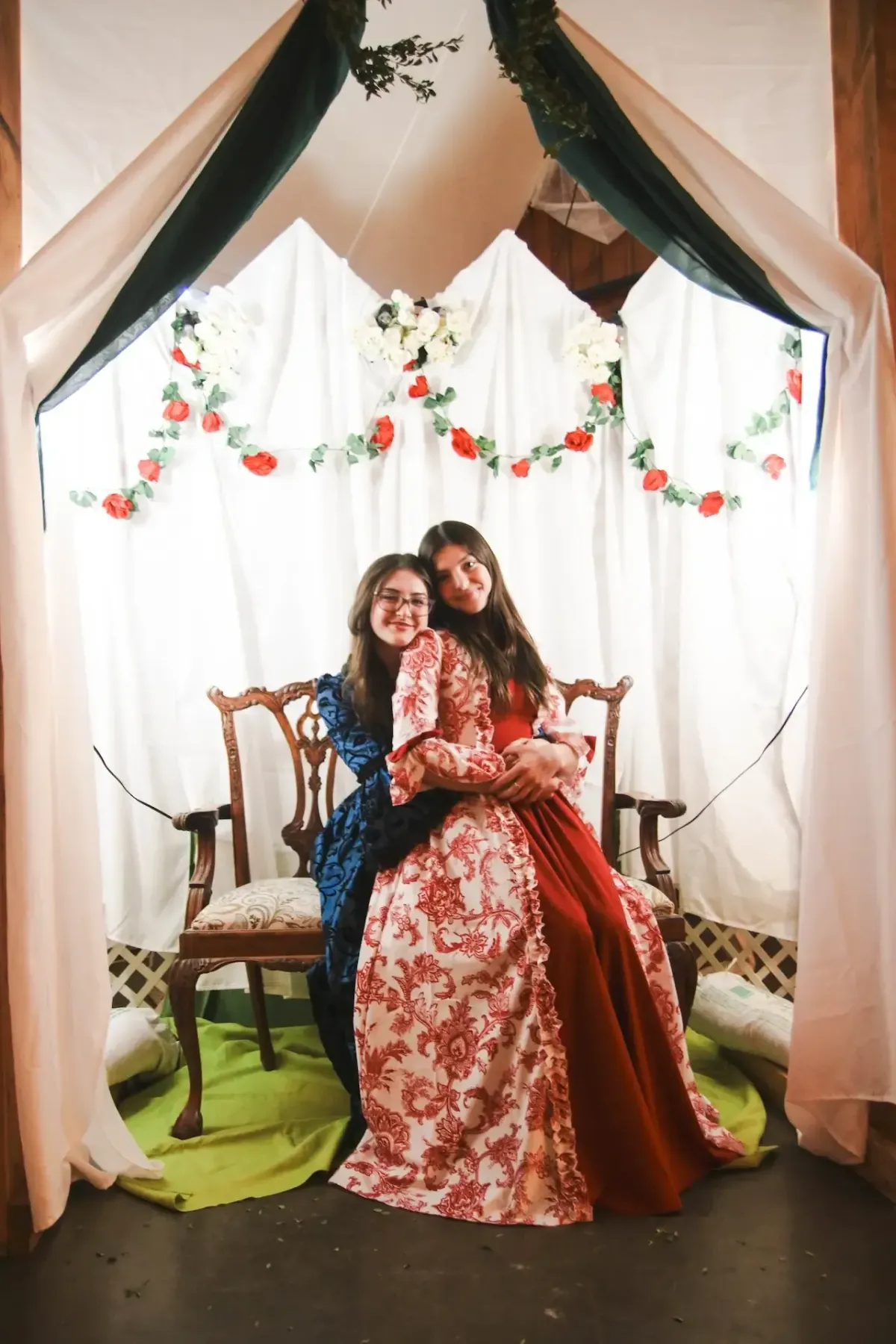
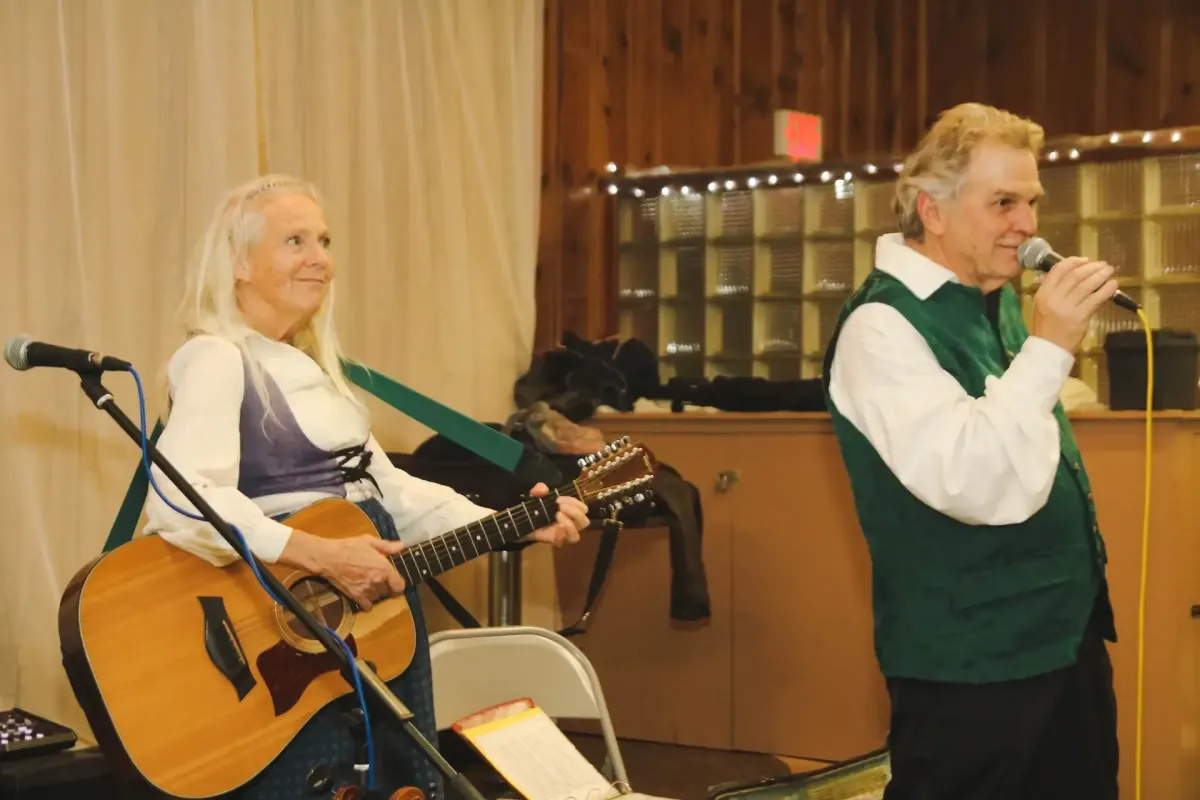
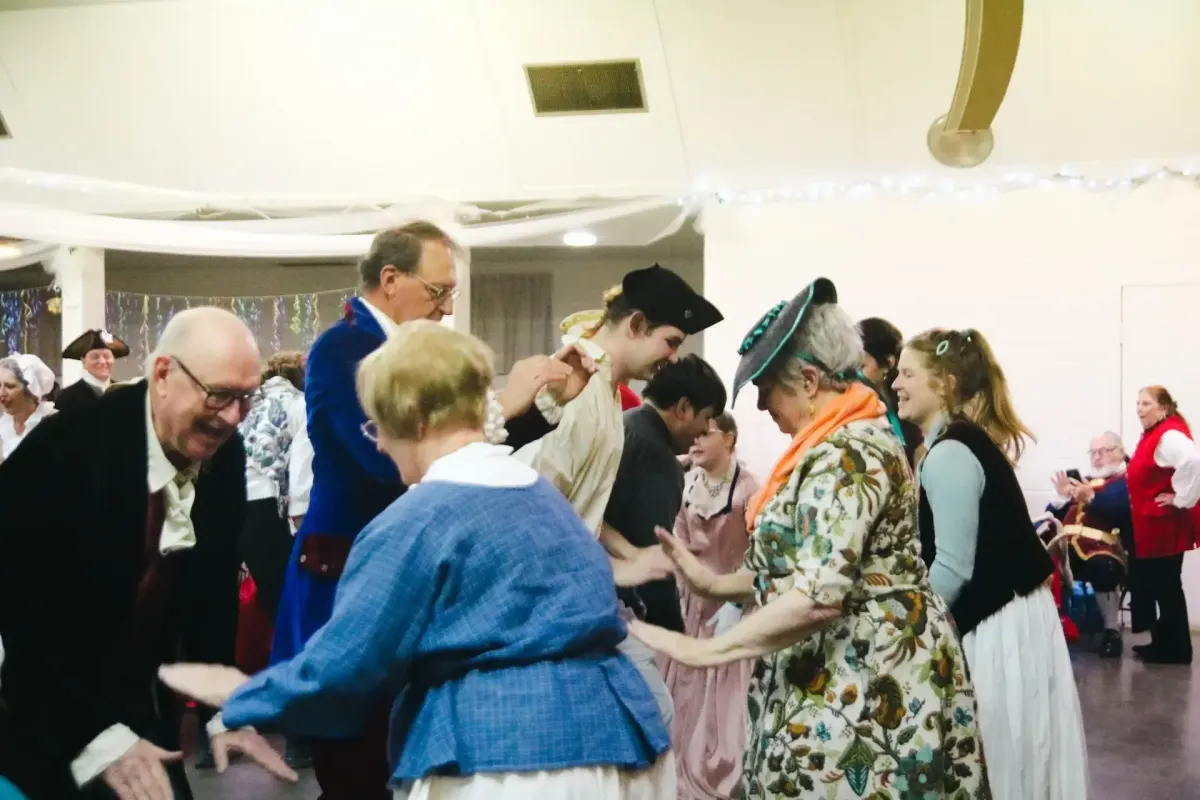

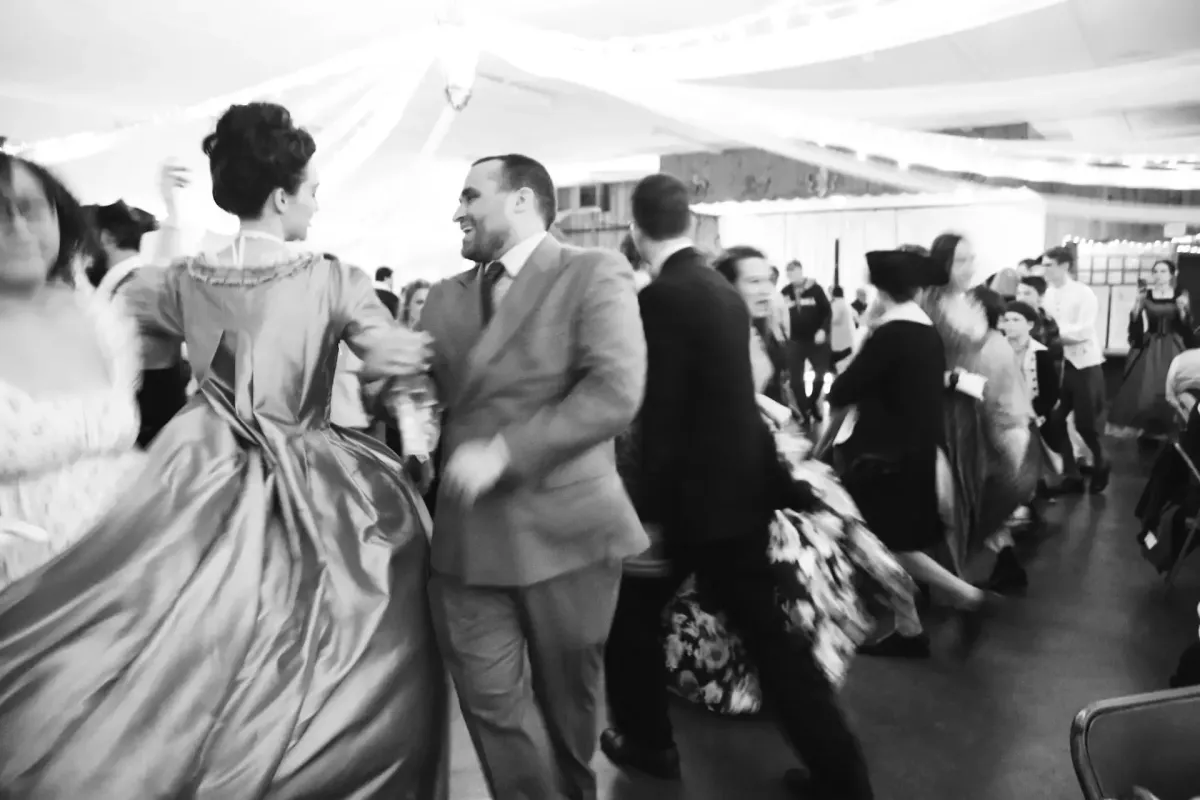
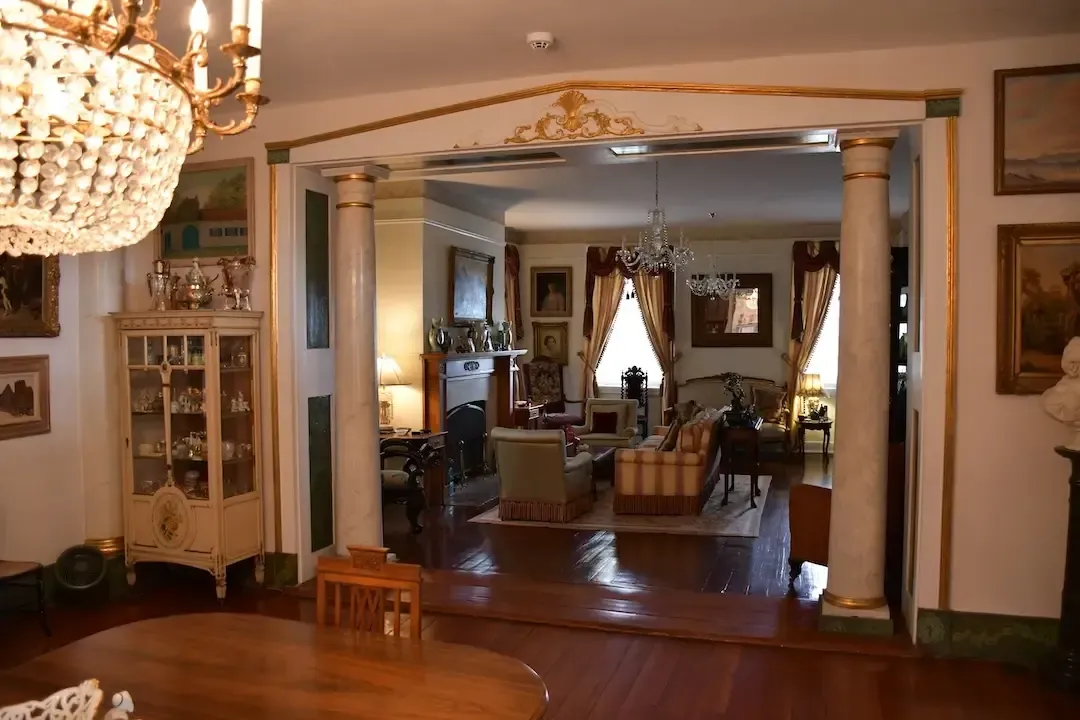
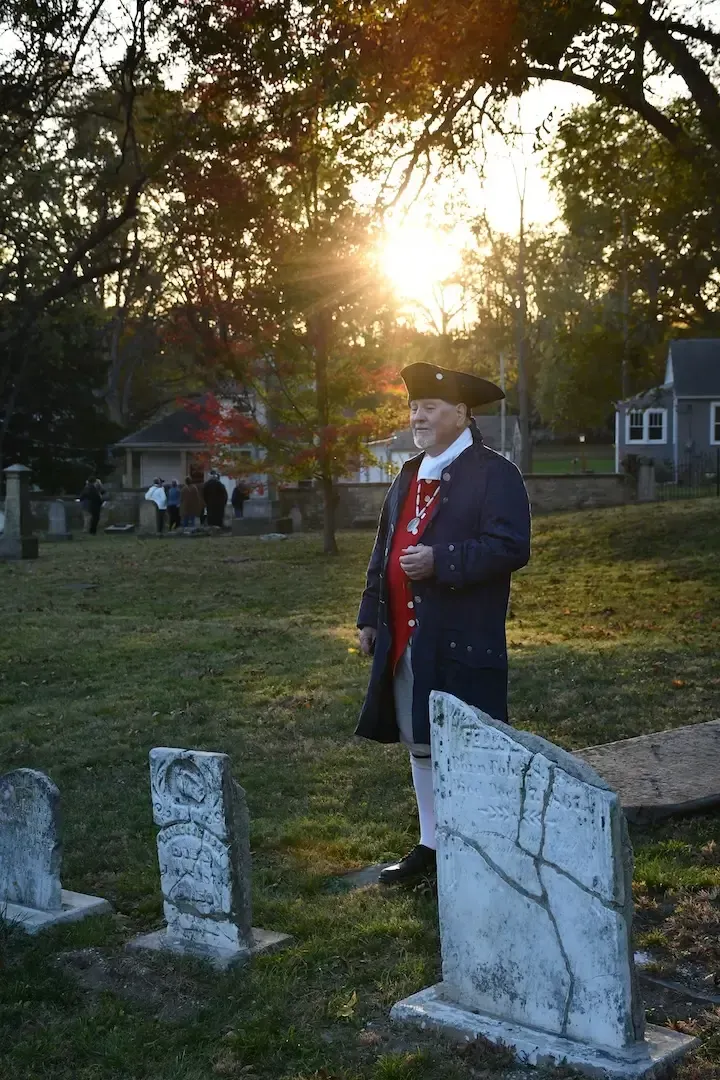
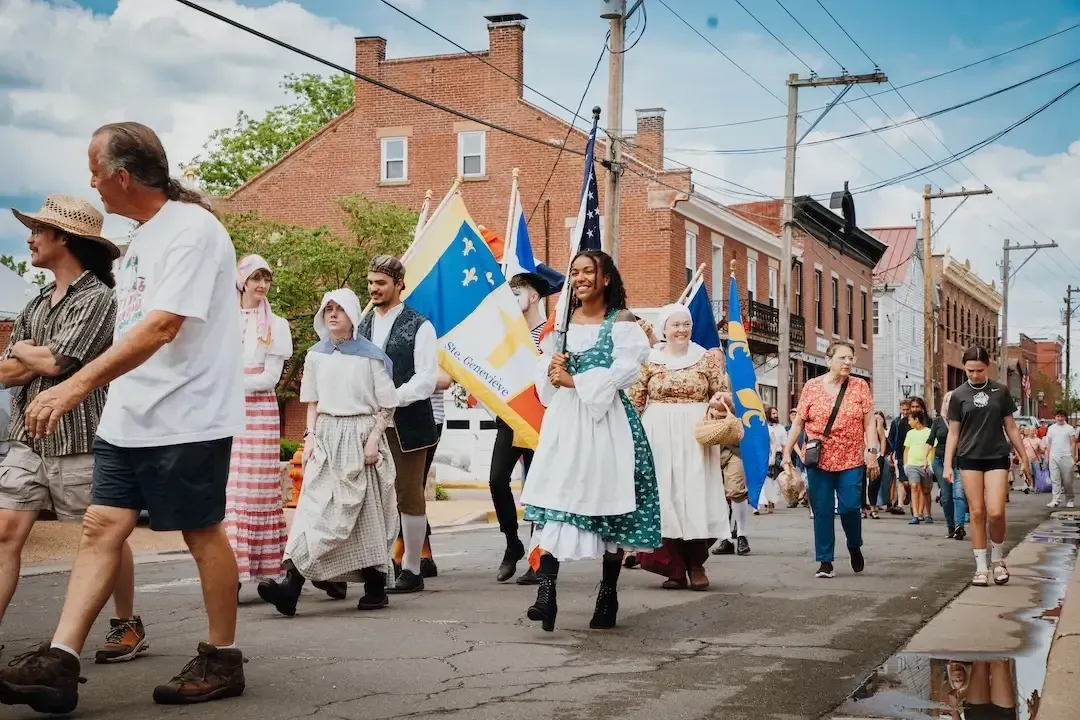
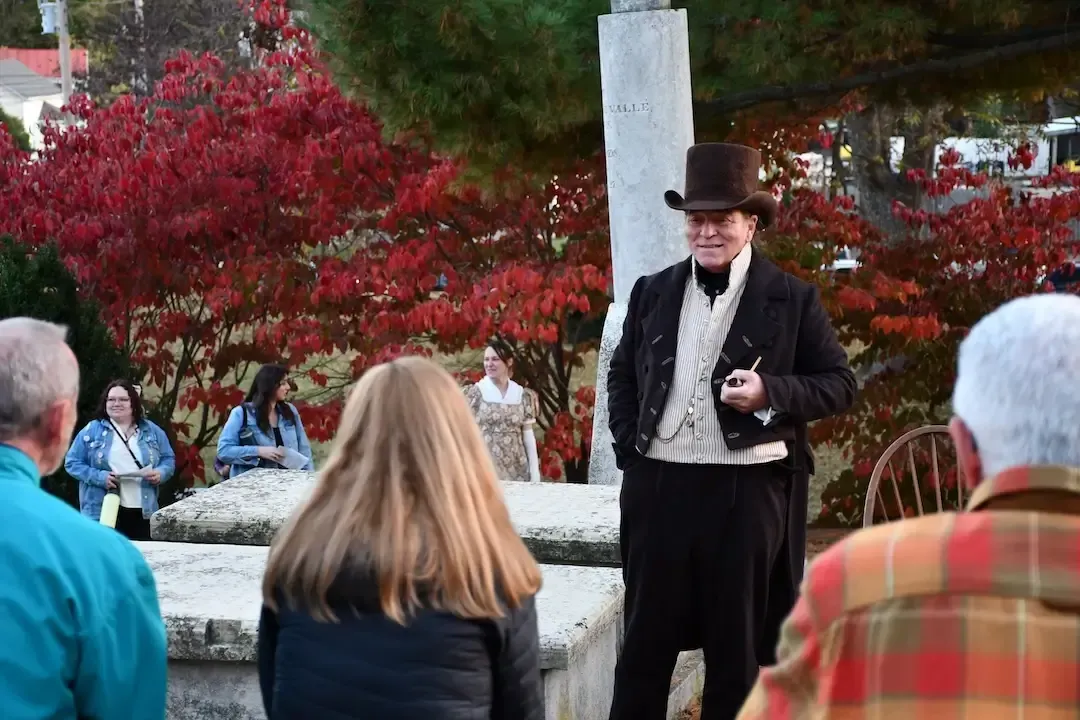
Frequently Asked Questions

What are the benefits of Foundation membership?
In addition to supporting our mission, members receive invitations to presentations and receptions, discounted tickets to several of our annual events, complimentary tours at the Guibourd-Vallé House and a subscription to our newsletter, the Publicité.
I am looking for information on one of my ancestors who lived in Ste. Genevieve. Can someone research for me?
We are a mostly volunteer run organization and do not have a researcher on staff. You are welcome to do research in the Mecker Research Library, which is open by appointment. You may also find some useful information for online research by visiting our Resources page.
I’m thinking about purchasing an older home in Ste. Genevieve. What are some of the restrictions? Do you assist with funding for rehabilitation projects?
The Foundation has developed a Guide for Homeowners in the Historic District to help them understand the ordinances, standards, and available tax credits applicable to the district. You can download the guide on our Resources page. The Foundation does not provide direct financial assistance but feel free to contact us for additional resources.
Contact

